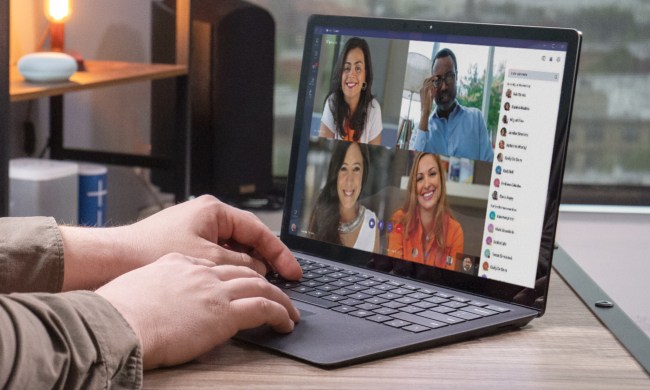A new annual report from the Economist Intelligence Unit aims to rank how nations’ “e-readiness,” that is, how prepared they are to take advantage of the opportunities represented by the Internet and digital technology. This year, the report has changed its methodology to factor in not only the basic availability of Internet technologies, but how easy and affordable it is for citizens to get online. The result? Although countries which ranked at the top of previous years’ surveys are still at the top of the pack, the 2007 e-readiness report finds nations in Asia and Africa are coming on strong as broadband Internet access gets cheaper and more ubiquitous.
“Technology leadership in the world is becoming a fast-moving target,” observes Robin Bew, Editorial Director of the Economist Intelligence Unit, in a statement. “Those at the top of today’s league table cannot be complacent—changing technologies, and attitudes to technology usage, mean that hard-won advantages can be quickly eroded by nimble-footed rivals.”
At the top of the list, Denmark has held on to its number one spot, with the United States and Sweden tied for number two. However, the Asian nations of Hong Kong (4th), Singapore (6th), South Korea (16th), Taiwan (17th), and Japan (18th) all saw their rankings increase due to their governments’ encouragement of digital development. The report also praises efforts in South Africa (35th) and Nigeria, which have worked to expand their basic infrastructure and implement a digital development plan.
One significant finding of the EIU report is that the technology required to get people online is becoming almost ubiquitous worldwide, and broadband Internet access is becoming increasing affordable around the world and in developing nations. In North America, the report found that broadband Internet access costs about one percent of citizen’s monthly incomes, while in even the most expensive regions, the cost of broadband Internet access tops out at about 10 percent of monthly income.


